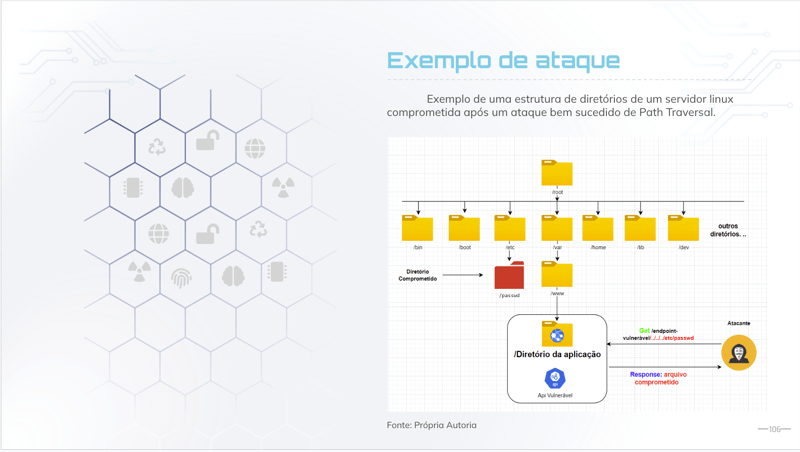Mastering SSR & CSR in Next.js with GraphQL – With and Without Apollo
When working with Next.js (13+) and GraphQL, choosing between Server-Side Rendering (SSR) and Client-Side Rendering (CSR) has a major impact on performance, SEO, and user experience. So, what’s the right approach when fetching GraphQL data from a NestJS backend? Let’s break it down! 1️⃣ SSR vs. CSR – Key Differences in Next.js 13+ ✅ SSR (Server-Side Rendering) Data is fetched on the server before rendering. Ideal for SEO-heavy pages (e.g., blogs, product pages). Implemented using Server Components or fetch() inside async functions in React Server Components. ✅ CSR (Client-Side Rendering) The page loads first, then fetches data on the client. Suitable for dynamic dashboards and interactive UIs. Implemented using useEffect() with fetch() or Apollo Client. 2️⃣ Using GraphQL in Next.js 13+ – Apollo vs. Fetch?

When working with Next.js (13+) and GraphQL, choosing between Server-Side Rendering (SSR) and Client-Side Rendering (CSR) has a major impact on performance, SEO, and user experience.
So, what’s the right approach when fetching GraphQL data from a NestJS backend? Let’s break it down!
1️⃣ SSR vs. CSR – Key Differences in Next.js 13+
✅ SSR (Server-Side Rendering)
- Data is fetched on the server before rendering.
- Ideal for SEO-heavy pages (e.g., blogs, product pages).
- Implemented using Server Components or
fetch()insideasyncfunctions in React Server Components.
✅ CSR (Client-Side Rendering)
- The page loads first, then fetches data on the client.
- Suitable for dynamic dashboards and interactive UIs.
- Implemented using
useEffect()withfetch()or Apollo Client.




















































%20Abstract%20Background%20112024%20SOURCE%20Amazon.jpg)






















































































































![[The AI Show Episode 142]: ChatGPT’s New Image Generator, Studio Ghibli Craze and Backlash, Gemini 2.5, OpenAI Academy, 4o Updates, Vibe Marketing & xAI Acquires X](https://www.marketingaiinstitute.com/hubfs/ep%20142%20cover.png)
























































































































































































































































-Nintendo-Switch-2-–-Overview-trailer-00-00-10.png?width=1920&height=1920&fit=bounds&quality=80&format=jpg&auto=webp#)





















_Anna_Berkut_Alamy.jpg?#)













































































































![YouTube Announces New Creation Tools for Shorts [Video]](https://www.iclarified.com/images/news/96923/96923/96923-640.jpg)





































































![[Weekly funding roundup March 29-April 4] Steady-state VC inflow pre-empts Trump tariff impact](https://images.yourstory.com/cs/2/220356402d6d11e9aa979329348d4c3e/WeeklyFundingRoundupNewLogo1-1739546168054.jpg)





























































